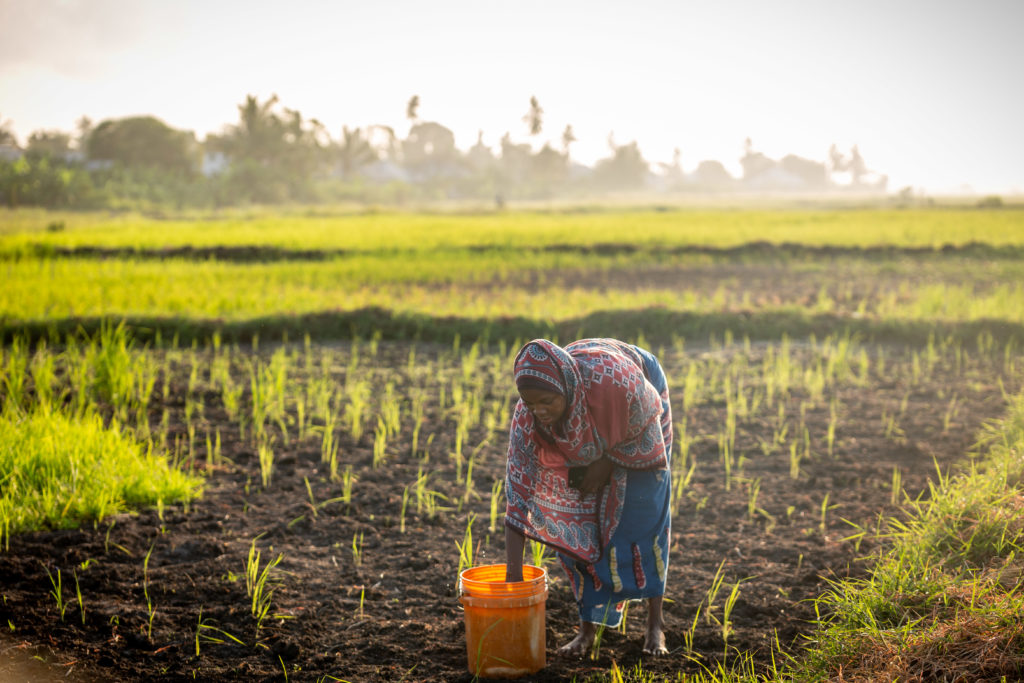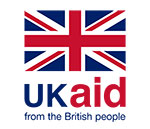Agriculture is the backbone of most developing economies and a major source of food, income and employment. However, farmers in low and middle-income countries still face significant challenges that limit their agricultural productivity and earning potential. Common challenges include poor access to agronomic, market and weather information, lack of access to financial services like weather and crop insurance and fragmented or inadequate access to markets.
Digital agriculture has the potential to address some of these challenges and transform current food systems by making them more productive, cost efficient, transparent and agile. It also has the power to transform rural communities by improving farmer livelihoods and strengthening their resilience. However, many digital agriculture interventions do not reach large numbers of potential users, especially women and people with disabilities. The barriers to inclusion are complex and vary widely. Most barriers result from a combination of factors and from multiple or compounding forms of discrimination based on gender, disability, race and other factors.

What are the inclusivity tools?
The GSMA AgriTech team has developed two self-assessment tools to help digital agriculture practitioners such as agritech solution providers, agribusinesses and donors design and scale inclusive services for farmers:
- Gender-inclusive digital agriculture tool
- Inclusive digital agriculture tool for persons with disabilities
These tools aim to realise digitisation benefits for more underserved communities, especially female farmers and farmers with disabilities. They contain a list of practical recommendations on how to strengthen the inclusivity of a digital agriculture service and address the following use cases: Digital advisory, agricultural digital financial services, digital procurement and agri e-commerce.
Who are the tools for?
The tools are most beneficial for organisations that are currently planning or have already started developing a digital agriculture service addressing any of the above use cases. The tools will help determine which best practice recommendations to follow to strengthen the inclusivity of the service. Alternatively, if a service has already been developed, digital agriculture practitioners can use the set of best practice recommendations to assess and determine inclusivity of the service and identify areas or activities that could be strengthened. Anyone involved in product development can fill in the relevant information. The tools were developed to be used independently of each other.
How to use the tools?
Users can either complete all tabs or focus on specific product development stages. Each product development stage includes an activity checklist that can be used to assess the inclusivity of the service by selecting ‘yes/to some extent/no’ in the use case column relevant to the digital agriculture solution (e.g. digital advisory). Selections result in a score that indicates how well users have incorporated or are planning to incorporate best practice recommendations in their product development process across any of the four use cases currently covered by the tool. For areas that scored low, we encourage users to revisit the recommendations, the activity checklist and their notes. By doing so, they can identify next steps and opportunities to strengthen the inclusivity of the solution in the technical development process or generate ideas for the next iteration of the service.
How can I access the two tools?
You can access both tools below:
THIS INITIATIVE IS CURRENTLY FUNDED BY THE UK FOREIGN, COMMONWEALTH & DEVELOPMENT OFFICE (FCDO), AND SUPPORTED BY THE GSMA AND ITS MEMBERS.



